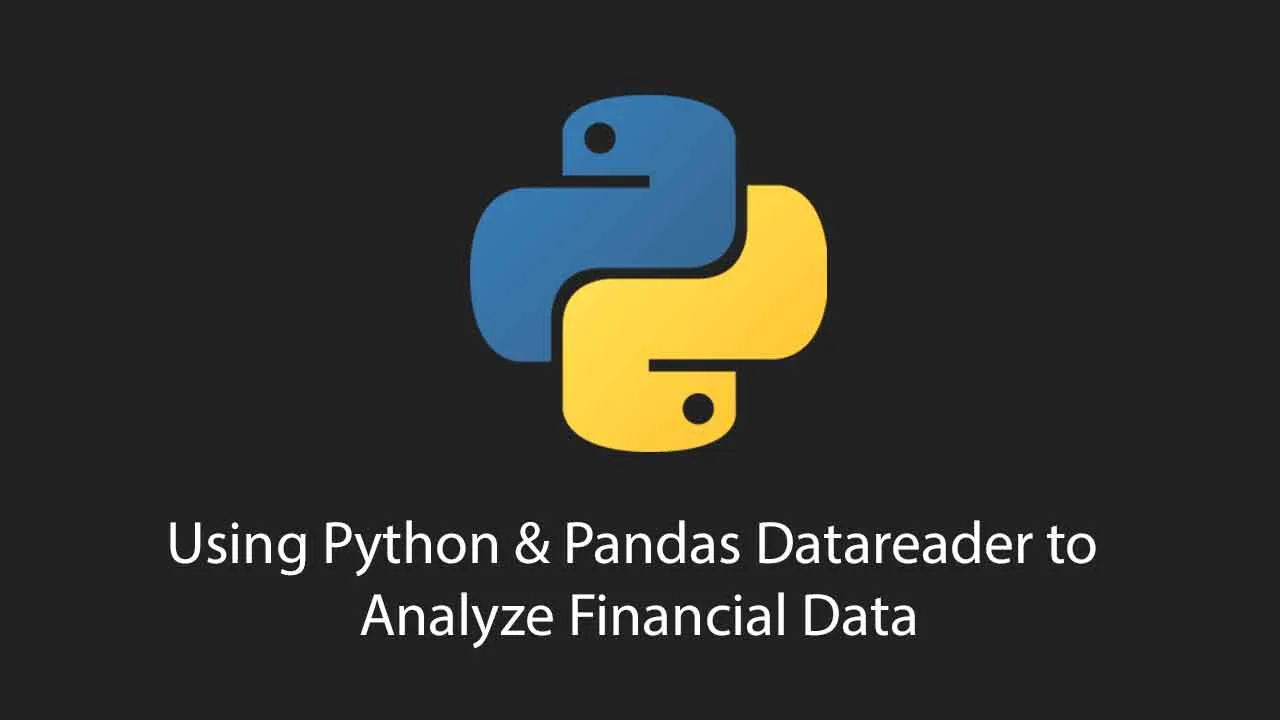Finance and economics are becoming more and more interesting for all kinds of people, regardless of their career or profession. This is because we are all affected by economic data, or at least we are increasingly interested in being up-to-date, and we have a lot of information at hand.
Every day billions of bytes of financial data are sent over the Internet. Whether it is the price of a share, an e-commerce transaction, or even information on a country’s GDP. All this data, when properly organized and managed can be used to build some amazing and insightful software applications.
We will use Python to access public financial data, organize it and combine it to gain new insights into how money makes the world go round. We will focus mainly on two Python modules:
- Pandas — used to organize and format complex data in table structures called DataFrames.
- Pandas-datareader — used to access public financial data from the Internet and import it into Python as a DataFrame.
We will use these modules to import data from some of the largest financial organizations in the world, as well as data stored locally on our computers. By the end of the notebook, you should feel comfortable importing financial data, either from a public source or from a local file, into Python, organizing that data and combining it with each other
#data-science #machine-learning #python
